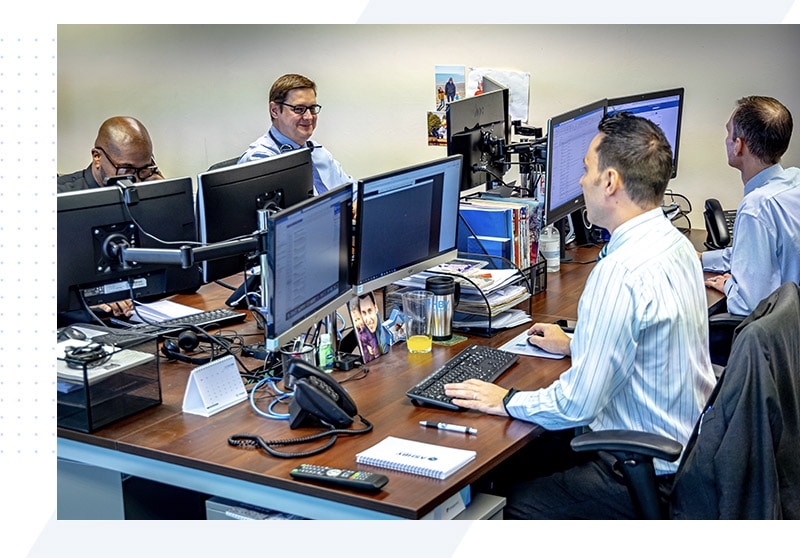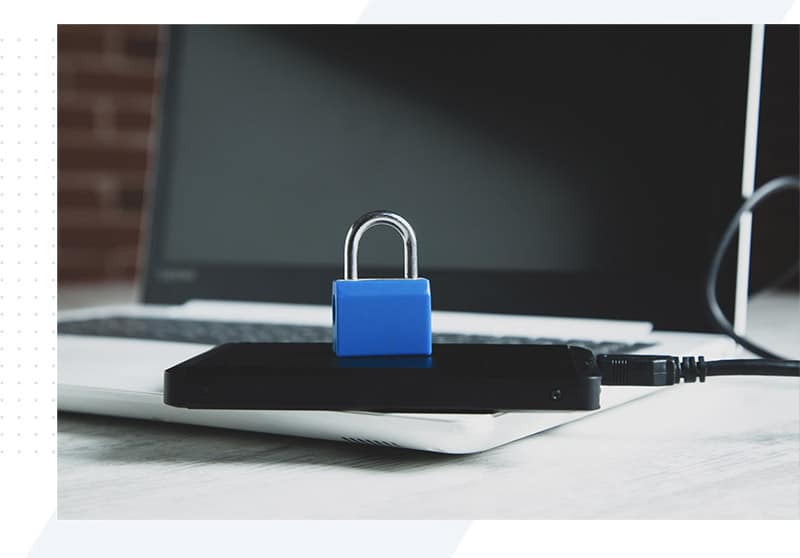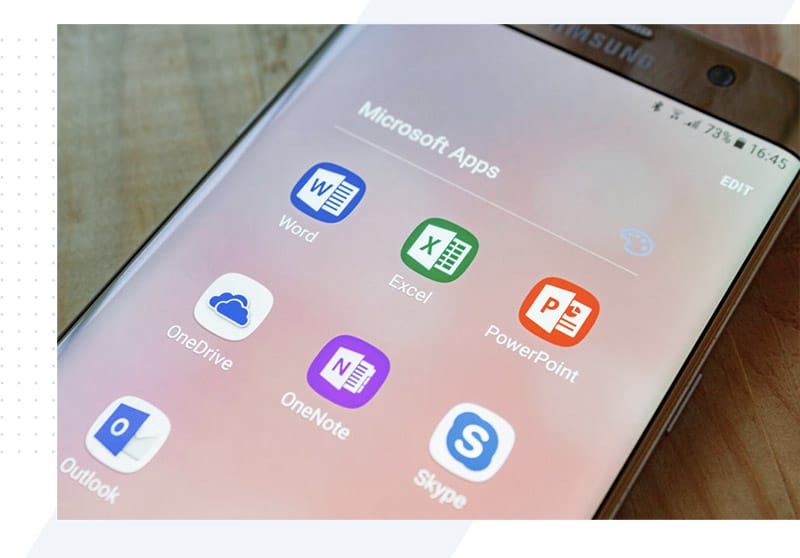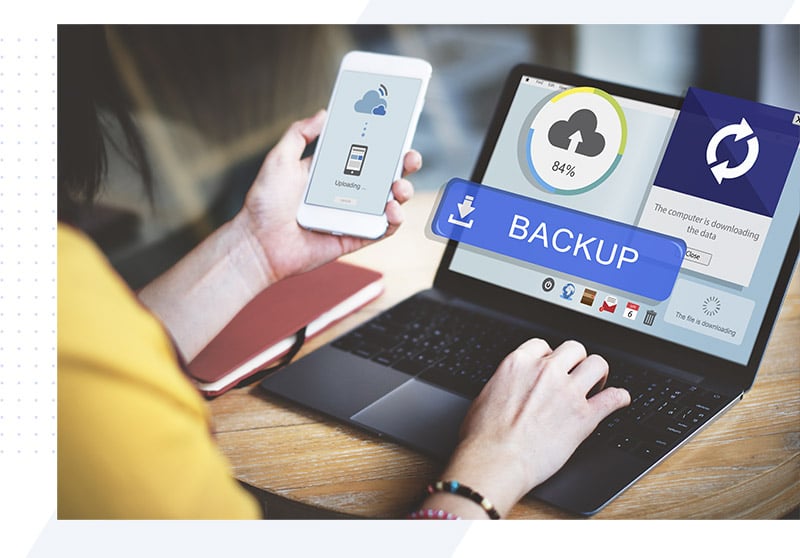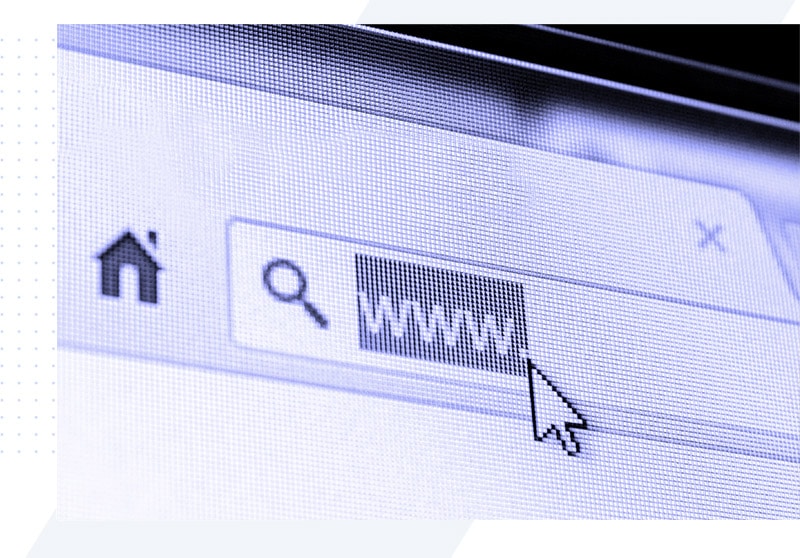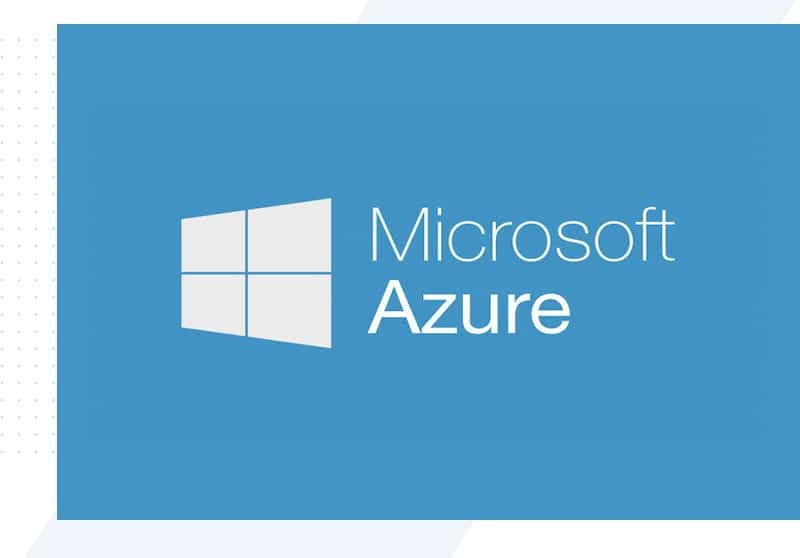Changing technology is a given in IT. Here are ten IT trends for 2017 and ways to prepare for the changes that are coming.
- Big data. As businesses grow, they handle larger amounts of data. Businesses can take advantage of their massive data sets to make predictions and be more proactive in pursuing opportunities.
- Automation. While automation is commonly used by IT administrators for tasks already, in 2017 the entire business process will begin to incorporate it. More aspects will become automated and require implementation flexibility.
- Modularity and compatibility. As new technologies emerge, it will become necessary that they interface well with other technologies by following open standards.
- Service based delivery. Already many software resources currently sell as a service. Expect this to continue in 2017 and expand into other areas of technology.
- Cloud. As more cloud computing options become available, businesses are using the cloud in more innovative ways. Expect to see more cloud-based services offered and to use the cloud for more business operations.
- AI and Machine Learning. Not only will AI affect the way businesses interact with technology at the workplace, but businesses will also begin incorporating AI techniques such as deep learning into their analytics and processing.
- Mobile Technology. Mobile technology is universal. A competitive company will leverage this by making many aspects of their business mobile compatible.
- Internet of things. The internet of things is growing with smart devices showing up in surprising places. A company will need to consider how their products and services interact with smart devices.
- Cybersecurity. With more connected, mobile, and internet-based resources comes the threat of compromised systems and potential non-compliance. Businesses should invest seriously in preparing for this threat.
- Data privacy. With all the data being collected on users, businesses must prioritise protecting user data. This especially applies in fields like health care.
Please contact us for more information on ongoing IT trends.





